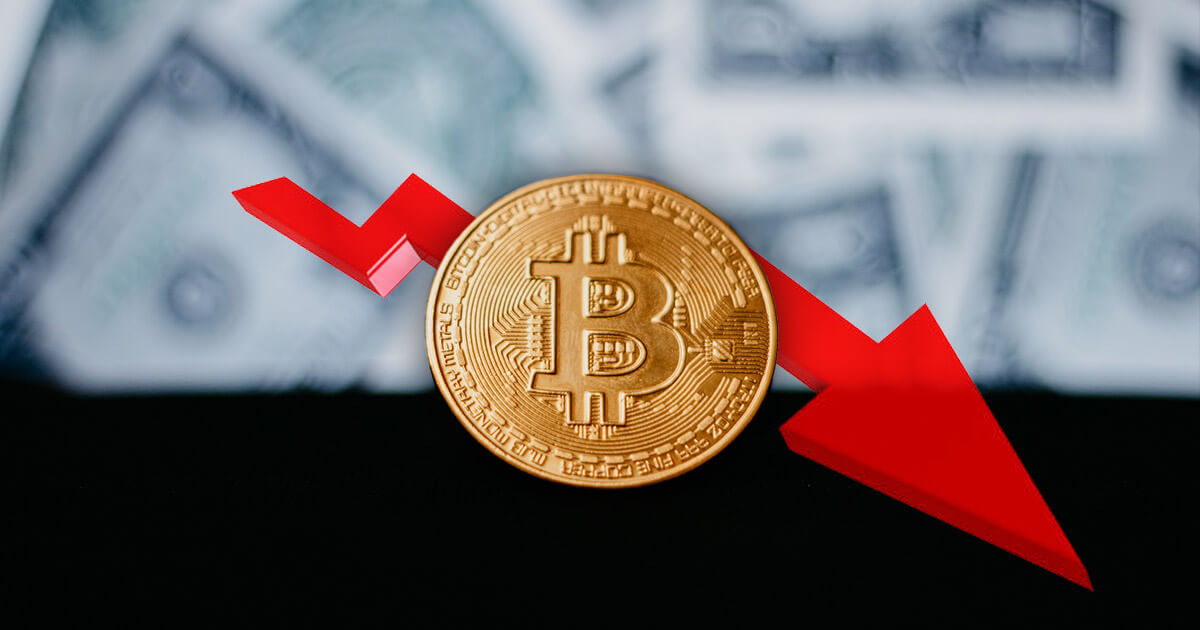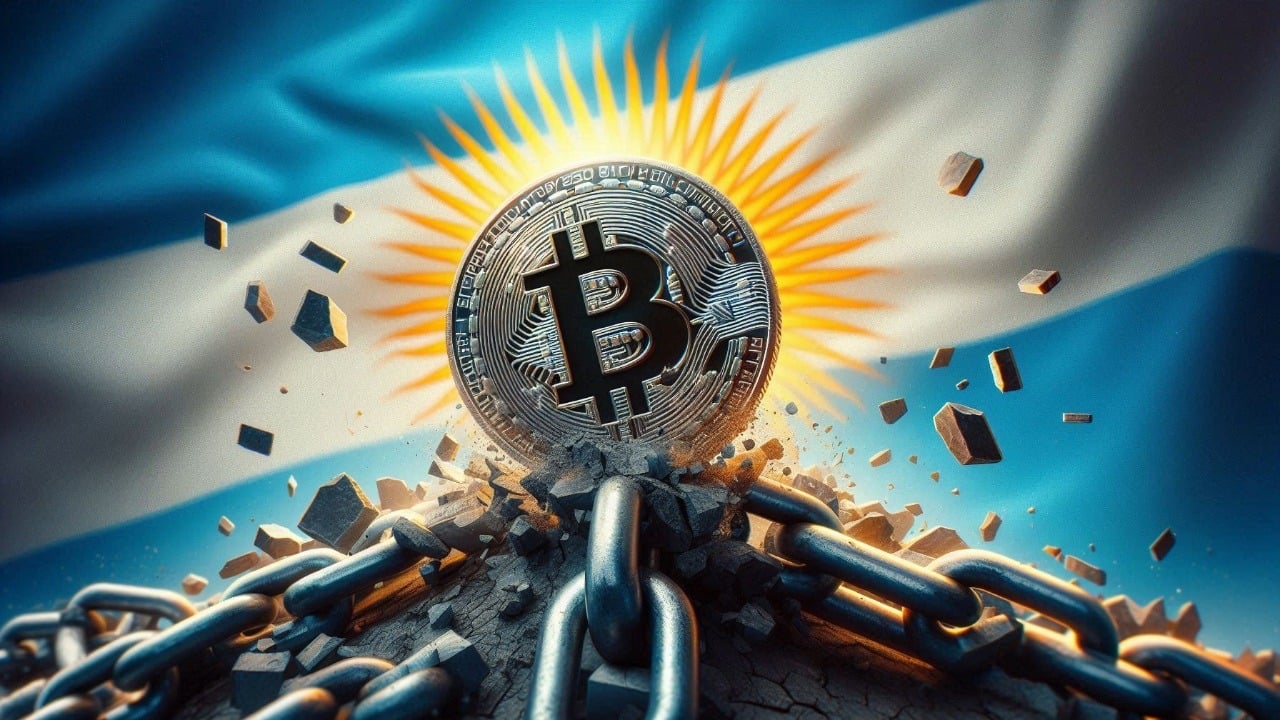Tony Kim
Sep 06, 2024 04:20
VanEck’s August 2024 Crypto Recap highlights significant declines in Bitcoin, Ethereum, and Solana amid rising market volatility and regulatory challenges.
According to VanEck, most crypto assets experienced significant declines in August 2024 amid rising market volatility driven by macroeconomic factors such as the yen carry trade implosion. Bitcoin (BTC) fell by 11%, Ethereum (ETH) by 24%, and Solana (SOL) by 21%, contrasting with the S&P 500’s 2% gain and Nasdaq’s 1% increase.
Market Performance
The month of August saw a sharp downturn in crypto assets as fundamental usage and financial statistics underperformed against a backdrop of rising volatility. The market capitalization of all Smart Contract Platforms (SCP) ended August 12% lower than July.
The yen carry trade implosion was a significant factor, causing a risk-off environment that led to Bitcoin’s price dropping as low as $49,000 and Ethereum crashing to $2,100 on August 5. Although Bitcoin has recovered some value, sitting around $58,000 at the time of writing, Ethereum remains around $2,500. This volatility also increased Bitcoin’s 30-day volatility by 48% and Ethereum’s by 52%, with Bitcoin’s 90-day correlation with the Nasdaq rising to an 18-month high of 38%.
Blockchain Usage and Regulatory Developments
Blockchain usage deteriorated in August, with daily active users down 10%, fees generated falling 12%, and DEX volumes decreasing by 4% compared to July. Additionally, the German and US governments transferred 62,000 Bitcoin to exchanges, presumably for sale, while Mt. Gox and Gemini bankruptcy distributions totaled another 124,000 Bitcoin. This resulted in approximately $11 billion in non-repeatable sales.
Regulatory actions also contributed to the market’s downturn. The SEC issued a Wells Notice to OpenSea, one of the largest NFT exchanges, claiming the company is an unregistered broker. This regulatory pressure may continue unless there are significant political changes in the US.
Notable Developments in the Crypto Ecosystem
August also saw significant events in the crypto ecosystem beyond price movements. Bitgo, the custodian of Wrapped Bitcoin (WBTC), announced a partnership with Justin Sun, moving custody of WBTC to three Asian countries. This move was met with skepticism due to Sun’s controversial reputation. In response, MakerDAO passed a governance proposal banning WBTC as collateral for creating DAI, while Coinbase announced its own wrapped version of Bitcoin called wbBTC.
Solana faced several issues, including fraudulent activities in memecoin trading, which accounted for 47% of all DEX trading on the network. This led to a 43% decline in memecoin trading volumes and a 48% decrease in total DEX volume on Solana. Despite these challenges, Solana saw positive developments, such as the launch of the first spot SOL ETF in Brazil and the introduction of new projects like Grass and Drift.
Ethereum’s Struggles
Ethereum has been underperforming compared to other major Layer-1 projects. Since the beginning of the bull market in November 2023, Ethereum ranks 13th with a yearly return of 62%, significantly lower than Bitcoin’s 138% and Solana’s 624% returns. Over the past 30 days, Ethereum has been one of the worst-performing assets, down 23%.
Several factors contribute to Ethereum’s poor performance, including declining revenues, the shift of speculation to high-throughput blockchains, and the impact of Layer-2 solutions cannibalizing Ethereum’s revenue items like transaction fees and MEV.
Future Outlook
The crypto market remains volatile, influenced by macroeconomic factors and regulatory actions. While some blockchain platforms face challenges, others are innovating and expanding their ecosystems. The ongoing developments in the crypto space will likely continue to shape market dynamics in the coming months.
Image source: Shutterstock
Credit: Source link















